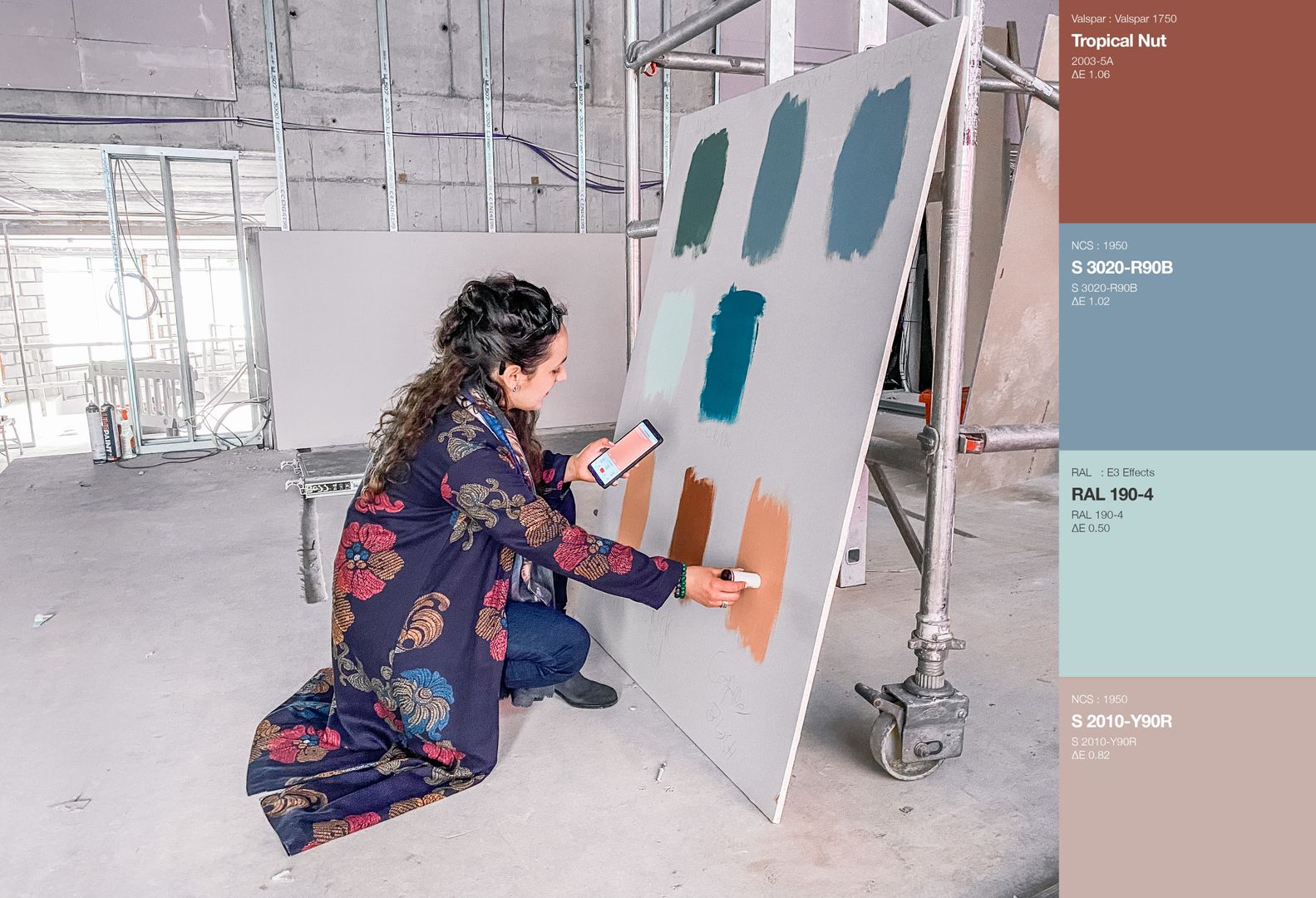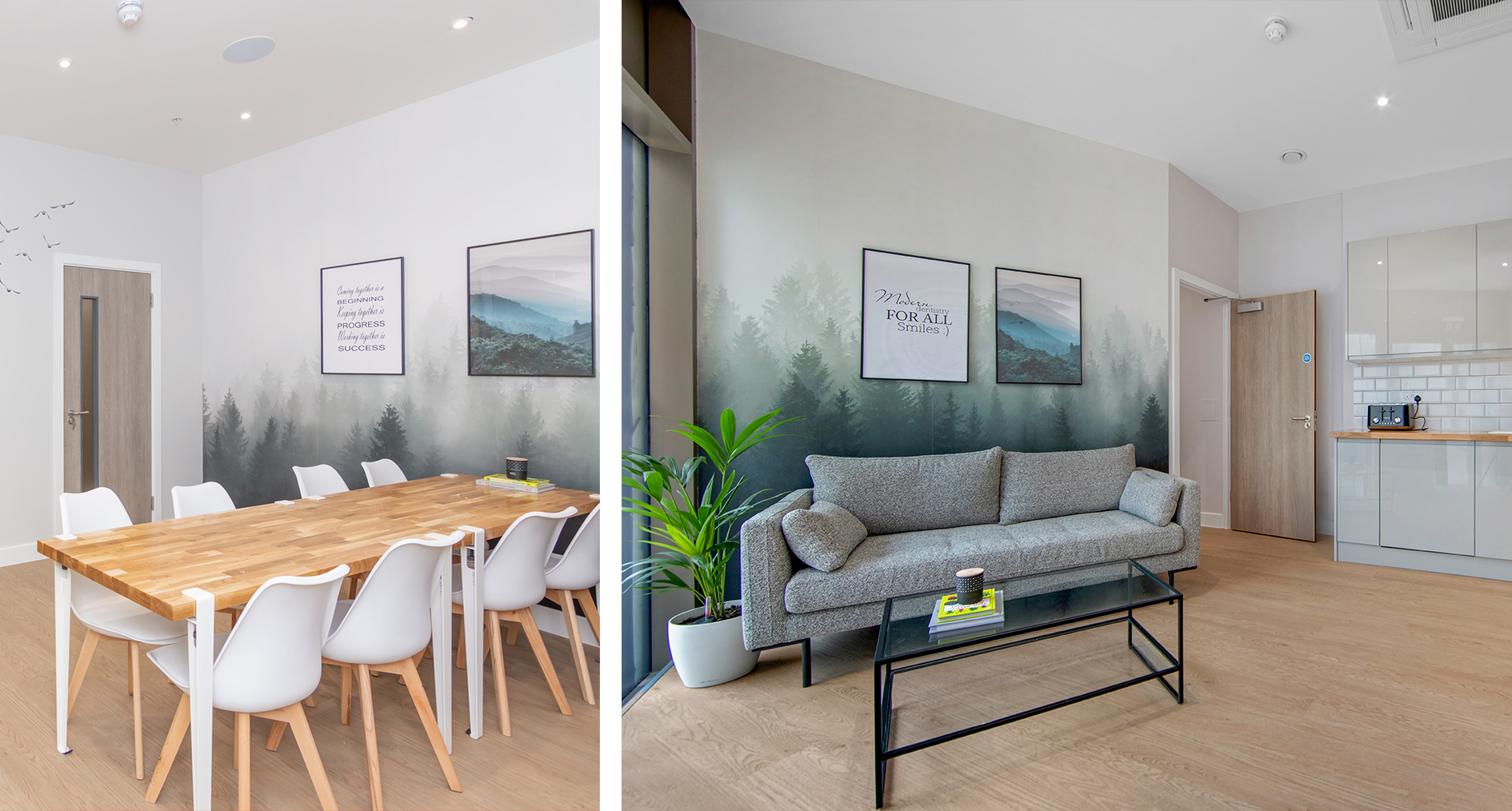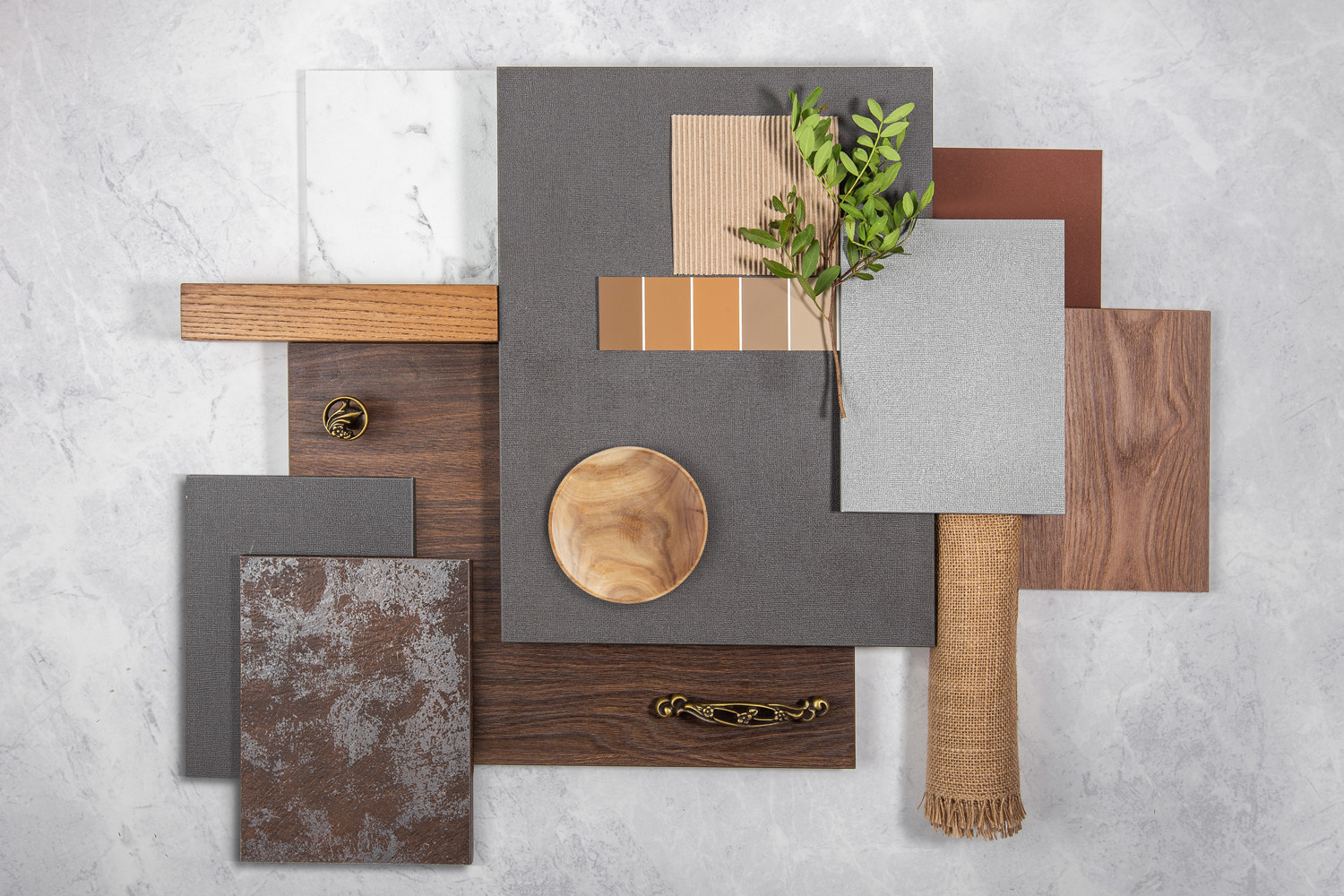
The "Resimercial" Revolution: Blending Comfort and Professionalism for Modern Spaces
This trend is not a fleeting fad; it's a fundamental change driven by the need to create more human-centric environments.
5 minute read
29th September, 2025 | Remarcable
The traditional lines between our professional and personal lives have blurred. This shift has led to a major revolution in interior design, creating spaces that feel less like a place of work or clinical treatment and more like a second home. This is the "Resimercial" Revolution - the strategic fusion of residential comfort with commercial functionality.
This trend is not a fleeting fad; it's a fundamental change driven by the need to create more human-centric environments. Whether you're a healthcare provider focused on patient well-being or a commercial business aiming to attract top talent, embracing resimercial design can deliver significant benefits.
Why the Shift? The Case for Human-Centric Design
This design philosophy isn't just about aesthetics; it's a direct response to the evolving needs of employees, patients, and clients. It acknowledges that a comfortable and welcoming environment can profoundly impact well-being, productivity, and overall experience.
For healthcare, the focus is on creating environments that actively aid in patient well-being and reduce anxiety. For commercial spaces, the rise of remote and hybrid work means the office must offer something more than a desk and a chair. It needs to be a destination.
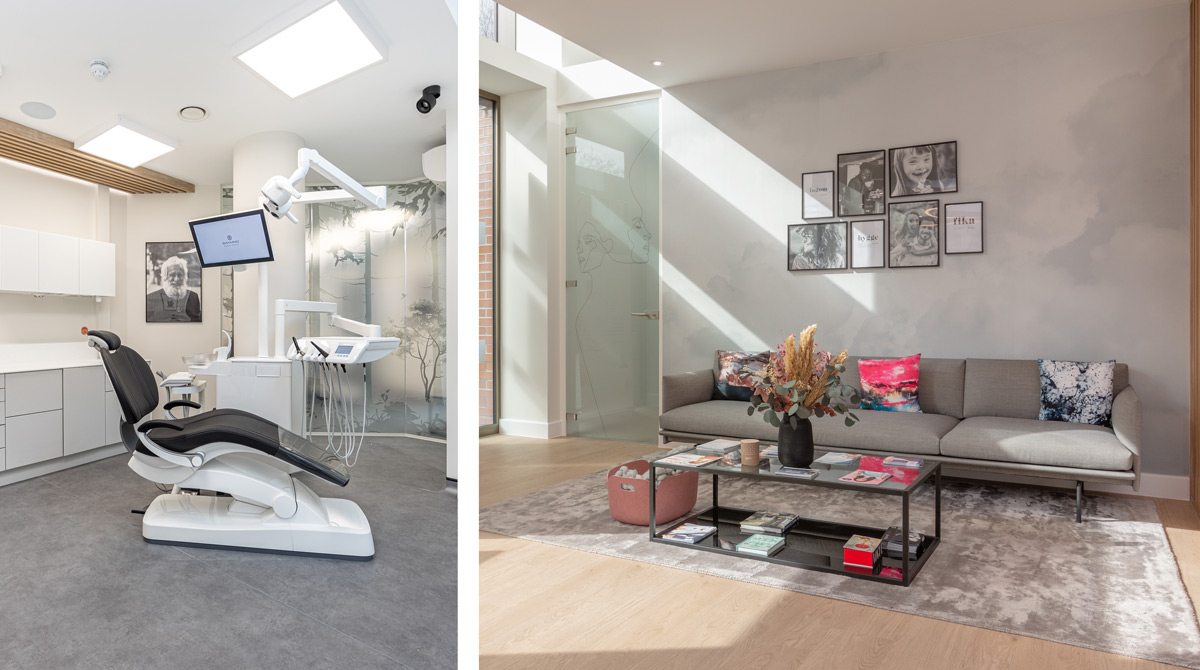
-
Reducing Patient Anxiety: By incorporating calming colour palettes like soft blues, greens, and warm neutrals, resimercial design can create a soothing atmosphere that counteracts the stress often associated with healthcare environments. The use of natural wood finishes adds a touch of organic warmth and familiarity, breaking up the sterile look of traditional clinical spaces. Comfortable, non-institutional furniture, such as plush armchairs and sofas, replaces hard, impersonal seating, helping patients feel more relaxed and less like they're in a waiting room.
These elements work together to create a space that feels more like a welcoming home or a hospitality lounge, which helps to lower perceived wait times by making the experience less stressful and more comfortable. This anxiety reduction can even positively influence a patient's physiological state, potentially contributing to better health outcomes.
-
Enhancing Staff Well-being: Healthcare staff face high-stress, demanding work environments. Resimercial design addresses this by transforming staff lounges and rest areas into true sanctuaries. By adding comfortable seating like recliners or sectional sofas, these spaces become places for genuine rest. The inclusion of biophilic elements such as indoor plants, living walls, or even artwork depicting nature helps to reconnect staff with the natural world, which is proven to reduce stress and mental fatigue.
A serene atmosphere is created through thoughtful lighting (e.g., dimmable fixtures, task lamps) and sound-dampening materials, allowing staff to truly decompress. These design choices are crucial in combating burnout and improving morale, showing staff that their well-being is a priority.
-
Creating a Positive Brand Identity: For private practices and wellness centres, an inviting and unique design is a key differentiator. Resimercial design allows a facility to move away from a cold, sterile aesthetic and embrace a warmer, more spa-like atmosphere. This creates a powerful first impression, signaling to patients that the practice is modern and focuses on their comfort and overall experience.
The design itself becomes a form of communication, telling clients that this is a place of high-quality, patient-centred care. This elevated experience can build trust, improve patient loyalty, and ultimately strengthen the brand's reputation in a competitive market.
For Commercial Spaces:
-
Attracting and Retaining Talent: In a competitive market, a company's workspace has become a powerful recruitment tool. Resimercial design helps businesses stand out by offering a space that feels comfortable, inspiring, and unique, going beyond the standard cubicle layout.
By investing in an environment that prioritises employee well-being and comfort, a company sends a clear message: "We value our people." This commitment to a human-centric workspace can be a significant differentiator when attracting top talent and plays a crucial role in retaining them long-term.
-
Boosting Productivity and Collaboration: Rigid, formal office environments can stifle creativity and communication. Resimercial design breaks down these barriers by introducing cosy lounge seating, inviting nooks, and café-style kitchens. These relaxed settings feel more natural and approachable than a sterile conference room.
They encourage employees to step away from their desks and engage in impromptu conversations and spontaneous collaboration. This unstructured interaction often sparks new ideas and strengthens team bonds in a way that traditional, formal meeting spaces simply can't.
-
Fostering a Strong Culture: A company's physical space is a powerful, tangible reflection of its brand values. Resimercial design helps to build a strong company culture by incorporating personal and welcoming elements that make the office feel like a community.
By using plush textures, soft lighting, and unique artwork, the space becomes more than just a place to work. It becomes a reflection of the team's identity, fostering a sense of belonging and community that encourages people to feel at home and truly invest in the company.
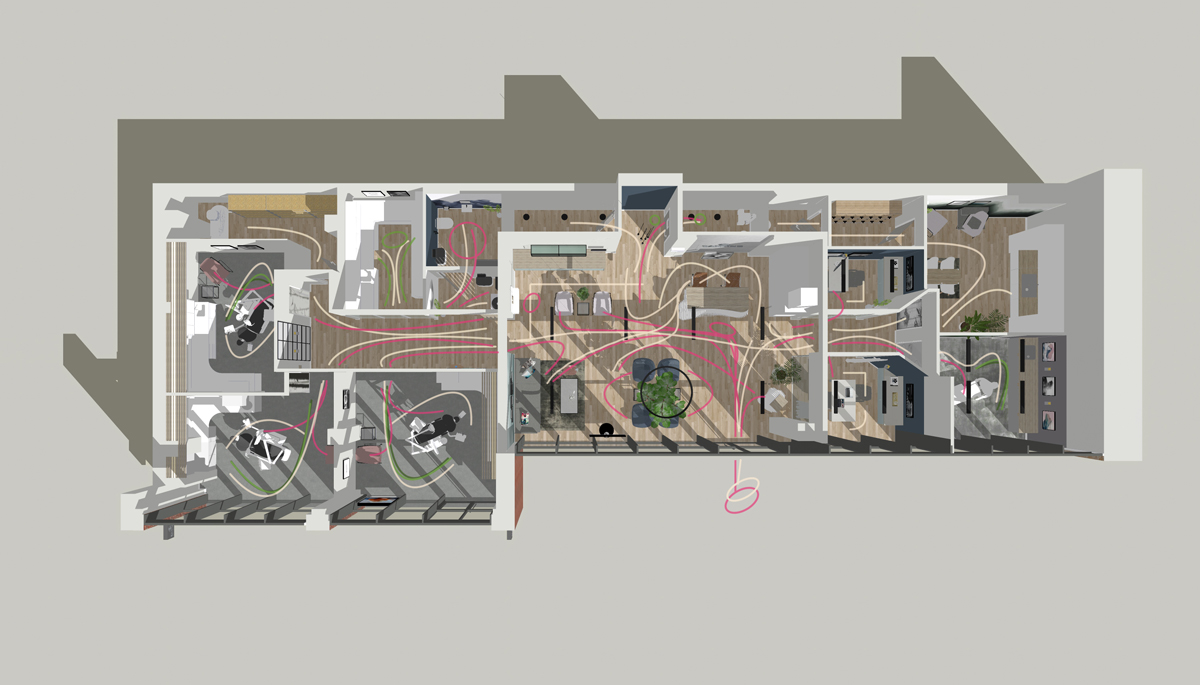
- Strategic Space Planning
- Material and Furniture Selection
- Lighting & Colour Psychology
